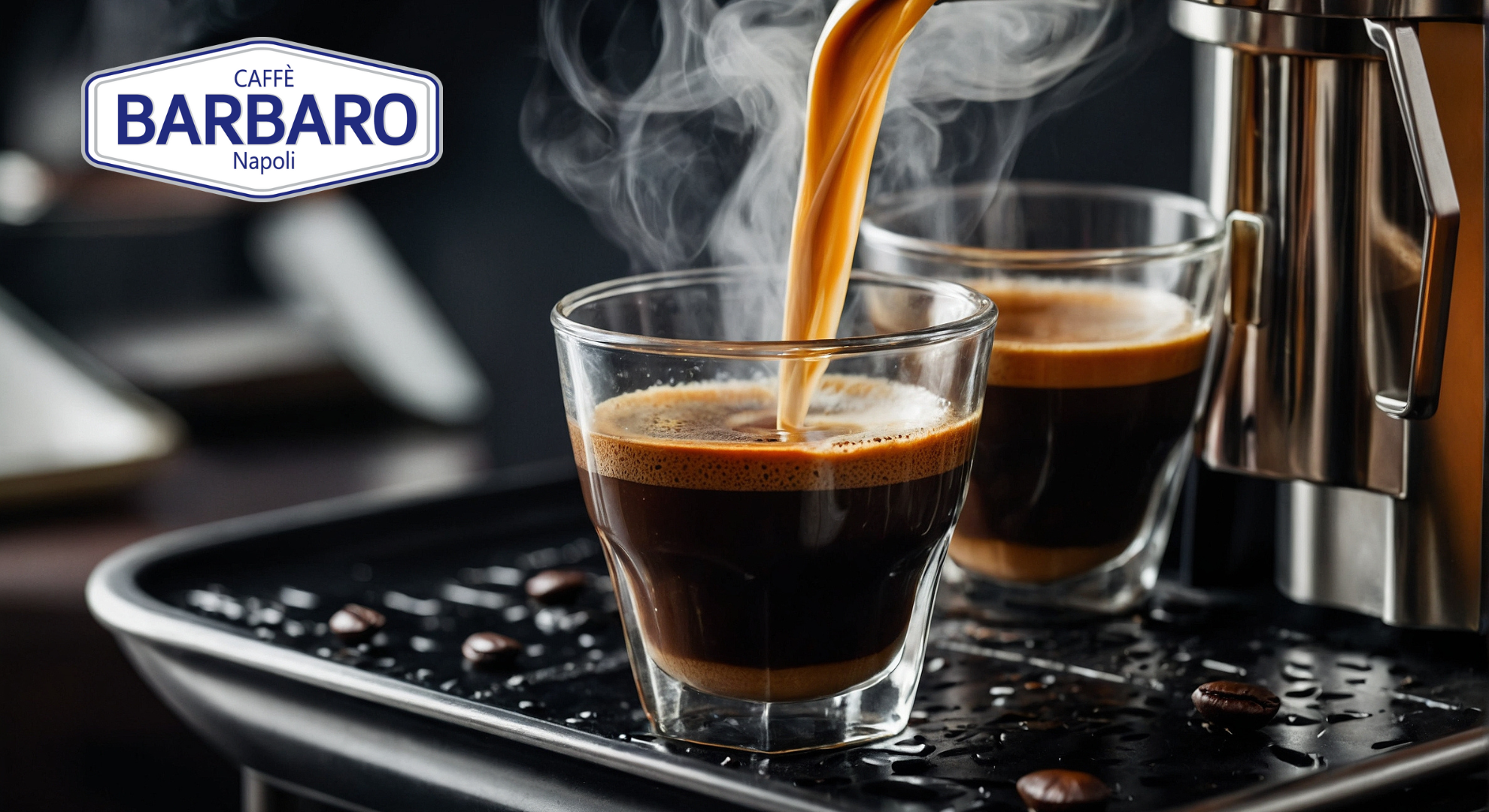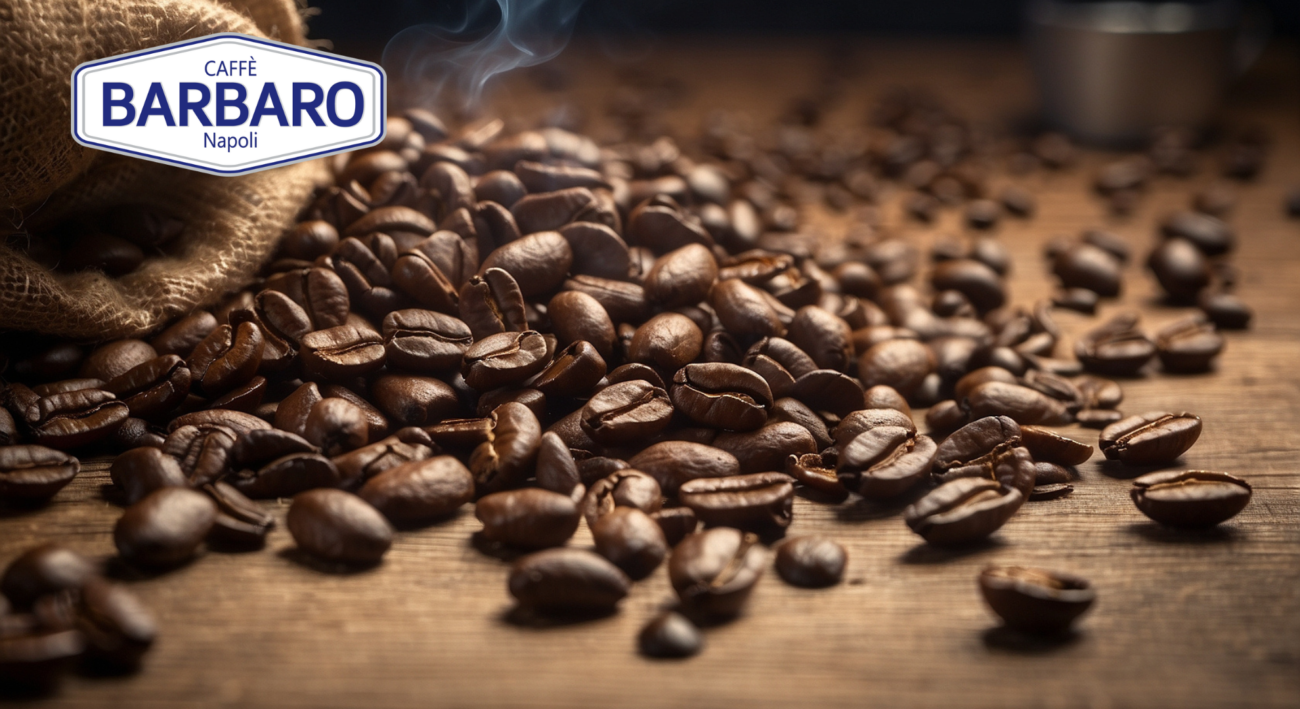I. The Art of Brewing Espresso
1. Understanding the Basics
Espresso is a concentrated shot of coffee that forms the foundation of various coffee beverages. To brew espresso successfully, it is essential to grasp the fundamentals. It begins with selecting the right coffee beans. Opt for a medium to dark roast for a rich, robust flavor profile. Experiment with single-origin beans or blends to find your preferred taste.
Grind size plays a crucial role in the flavor extraction process. Finely ground coffee results in a higher surface area, enabling better extraction, while coarser grinds lead to a lighter taste. Invest in a quality burr grinder to achieve consistent grinds and improved flavor.
2. Mastering the Perfect Shot
Pulling an excellent espresso shot requires precision and practice. Follow these steps for a great shot every time:
- Start by preheating your espresso machine and cup to ensure optimal temperature.
- Measure the right amount of coffee and distribute it evenly in your portafilter.
- Tamp the coffee firmly for uniform extraction.
- Begin brewing, aiming for a shot volume of around 2 ounces in approximately 25-30 seconds.
- Adjust variables like grind size, dose, and extraction time for taste customization.
Remember, achieving the ideal extraction time and volume is crucial for a balanced espresso shot. Don’t be afraid to experiment and fine-tune your technique to find your perfect brew.
3. Exploring Different Brew Methods
While traditional espresso brewing relies on espresso machines, alternative methods can also produce excellent results. Let’s explore some popular techniques:
– AeroPress
The AeroPress method combines immersion and pressure to yield a smooth and rich espresso-like coffee. Its versatility allows for various brewing recipes, making it a favorite among coffee enthusiasts.
– French Press
Though typically associated with full-bodied coffee, the French press can also be used to brew espresso-style coffee. It produces a consistently strong flavor with a rich mouthfeel.
– Moka Pot
The Moka pot, an iconic Italian invention, creates a concentrated coffee resembling espresso. It operates by steam pressure, resulting in a bold and intense brew.
Each alternative brewing method has its own unique advantages and disadvantages. Explore and experiment to discover your preferred brewing technique.
II. Classic Espresso Delights
1. Traditional Espresso Macchiato
The espresso macchiato, hailing from Italy, is a delightful balance of espresso and a dollop of foamed milk. Here’s how to create the perfect macchiato:
- Brew a shot of espresso.
- Steam a small amount of milk until it achieves a velvety texture.
- Gently place a spoonful of the foamed milk onto the surface of the espresso.
- Adjust the milk-to-espresso ratio according to your taste preferences.
Feel free to get creative by adding flavored syrups or dusting the macchiato with cocoa powder. Embrace your inner barista and experiment with different milk alternatives like oat milk or soy milk for a vegan-friendly twist.
2. Rich and Velvety Cappuccino
Cappuccino is a classic espresso-based drink appreciated for its smooth and creamy texture. Follow these steps to achieve a barista-quality cappuccino:
- Brew a shot of espresso.
- Steam milk until it develops a creamy, velvety texture.
- Pour the steamed milk over the espresso, aiming for equal parts coffee, steamed milk, and foam.
- Experiment with latte art, pouring the milk in a circular motion to create beautiful designs.
To add a personal touch, try sprinkling cocoa powder or cinnamon on top. Impress your guests or make your everyday coffee rituals special with your own unique latte art creations.
3. Double Espresso: A Bold Awakening
For those seeking a robust and bold flavor profile, the double espresso is a perfect choice. This intensified version of the classic espresso shot can really awaken your senses. Here’s how to make it:
- Brew a double shot of espresso using a double portafilter and adjusting the dose accordingly.
- Pay attention to the grinding and dosing process to maintain the balance of flavors.
- Enjoy the double espresso on its own or use it as the foundation for other espresso-based beverages.
- Serve in small demitasse cups to savor the concentrated flavors fully.
Feel free to experiment with different coffee beans and brewing techniques to create your preferred double espresso experience.
III. Exquisite Espresso Innovations
1. Decadent Mocha Affair
Combining the rich flavors of chocolate with espresso creates a heavenly indulgence. Here’s how to create a decadent mocha:
- Brew a shot of espresso.
- Prepare a generous amount of your favorite hot chocolate or cocoa mix.
- Pour the hot chocolate into your espresso, stirring until well combined.
- Top it off with whipped cream, chocolate shavings, or a drizzle of caramel for an extra touch of indulgence.
Experiment with different types of chocolates, such as dark, milk, or even white, to discover your perfect mocha blend. Consider adding a dash of cinnamon or a hint of mint to elevate the flavor further.
2. Aromatic Hazelnut Latte
Combining the nutty goodness of hazelnuts with your espresso adds a delightful twist to your daily brew. Here’s how to create an aromatic hazelnut latte:
- Start by preparing a homemade hazelnut syrup by combining equal parts sugar and water in a saucepan. Add a generous amount of hazelnut extract and simmer until the sugar is dissolved and the mixture thickens.
- Brew a shot of espresso.
- Combine the espresso with steamed milk, adding the desired amount of hazelnut syrup to taste.
- Optional: Top with whipped cream and a sprinkle of crushed hazelnuts.
Enjoy this aromatic latte with a slice of hazelnut cake or biscotti for a harmonious pairing of flavors. If you’re vegan, substitute dairy milk with your preferred non-dairy alternative for a delightful plant-based treat.
3. Spiced Chai Espresso Fusion
Infusing your espresso with fragrant spices creates a unique and comforting blend of flavors. Let’s dive into the recipe for a spiced chai espresso:
- Prepare a spice mixture using ingredients like cinnamon, cardamom, ginger, cloves, and nutmeg.
- Brew a shot of espresso and set it aside.
- In a saucepan, heat milk and add the spice mixture. Simmer gently until the milk absorbs the flavors.
- Combine the spiced milk with the espresso, adjusting the ratio according to your taste preferences.
For an iced or frozen version, refrigerate the spiced milk and serve over ice or blend with ice for a refreshing twist. Garnish with a sprinkle of cinnamon or a cinnamon stick for an added touch of elegance.
IV. Exotic Espresso Adventures
1. Refreshing Espresso Tonic
Surprise your taste buds with an unexpected combination of espresso and tonic water. Here’s how to create a refreshing espresso tonic:
- Brew a shot of espresso and allow it to cool.
- Fill a glass with ice and add the cooled espresso.
- Top it off with tonic water, adjusting the ratio to your preference.
- Enhance the flavor by adding a squeeze of lemon or lime juice, or a sprig of fresh herbs like rosemary or mint.
Experiment with different citrus flavors or herbal infusions to create your signature espresso tonic. This revitalizing summer drink is perfect for warm days and coffee lovers seeking new sensory experiences.
2. Creamy Coconut Frappé
Transport yourself to a tropical paradise with a creamy coconut frappé. Here’s how to make this delightful concoction:
- Brew a shot of espresso and allow it to cool.
- Blend the cooled espresso with coconut milk, ice cubes, and a sweetener of your choice.
- Continue blending until the mixture becomes thick and creamy.
- Pour the frappé into a glass and garnish with toasted coconut flakes or a drizzle of chocolate syrup.
Indulge in this creamy coconut frappé as a refreshing treat on hot summer days or a guilty pleasure all year round. Adjust the sweetness level to your preference, from a light coconut breeze to a tropical flavor explosion.
3. Vibrant Espresso Martini
Elevate your cocktail game with a homemade espresso martini, combining the rich flavors of coffee and spirits. Here’s how to craft this vibrant drink:
- Brew a shot of espresso and let it cool.
- In a cocktail shaker, combine the cooled espresso with vodka, coffee liqueur, and ice.
- Shake vigorously until well mixed and chilled.
- Strain the mixture into a martini glass and garnish with coffee beans or grated dark chocolate.
Get creative with your garnishes and rimming options to add an extra touch of sophistication. This espresso martini is the perfect way to enjoy an after-dinner drink or add a spark of energy to your evening gatherings.
V. Sipping into the Future of Espresso
1. The Rise of Cold Brew Espresso
Cold brew espresso offers a unique flavor profile known for its smoothness and low acidity. Here’s how to make cold brew espresso at home:
- Coarsely grind your favorite coffee beans.
- Combine the coffee grounds and cold water in a jar or pitcher.
- Stir gently, ensuring all the coffee grounds are immersed.
- Let the mixture steep in the refrigerator for at least 12-24 hours.
- Strain the cold brew concentrate and serve it over ice, adjusting the strength with water or milk.
Experiment with flavor combinations by infusing the cold brew with vanilla beans or adding a splash of flavored syrup. Enjoy this refreshing alternative to hot coffee on warm summer days or anytime you crave a less acidic option.
2. Scientific Approach to Espresso Extraction
Understanding the science behind espresso extraction can unlock endless possibilities for flavor exploration. Let’s touch on some essential factors:
- Pressure: The ideal pressure range for espresso extraction is typically between 8 and 9 bars. Higher pressures can lead to over-extraction, while lower pressures may result in under-extracted shots.
- Temperature: Water temperature affects extraction. The generally recommended range is around 195-205°F (90-96°C). Higher temperatures can extract undesirable flavors, while lower temperatures may yield under-extracted shots.
- Innovative Espresso Machines: The coffee industry constantly introduces cutting-edge espresso machines with features like PID temperature control, pressure profiling, and advanced brewing algorithms. These advancements allow for further calibration and customization.
By understanding the science of espresso extraction, you can fine-tune your brewing technique and delve into a world of refined flavors and sensations.
3. The Artistry of Latte Art
Latte art showcases both the skill and creativity of a barista. Here are some popular designs you can master:
- Heart: Begin with a simple heart shape by pouring the milk slowly and steadily into the center, then gently rocking the pitcher side to side as you move towards the edge.
- Rosetta: Create a beautiful rosetta by starting with a heart shape and then swirling the milk around it in a back-and-forth motion while gradually moving towards the edge of the cup.
- Tulip: Pour milk into the center, then wiggle the pitcher back and forth as you gradually pour towards the top, creating delicate layers that resemble the petals of a tulip.
Remember, mastering latte art takes time, patience, and practice. Let your creativity flow and enjoy the journey as you create stunning designs on the canvas of your espresso-based beverages.
Summary
In this comprehensive guide, we’ve explored the world of espresso brewing, from mastering the basics to crafting innovative and tantalizing recipes. We’ve delved into classic delights, exquisite innovations, exotic adventures, and even touched on the future of espresso. With these 10 mind-blowing recipes, you’re sure to awaken your inner barista and make your taste buds dance with joy.
FAQs
- Can I use decaffeinated coffee beans for these recipes?
- Absolutely! Decaffeinated coffee beans can be used for all the recipes mentioned. However, keep in mind that the absence of caffeine may affect the overall flavor profile.
- I don’t have an espresso machine, can I still make these recipes?
- While an espresso machine is commonly used for these recipes, several alternative brewing methods have been discussed, such as AeroPress, French press, and Moka pot. Each method produces unique results, allowing you to enjoy various espresso-inspired beverages without an espresso machine.
- How can I make these recipes vegan-friendly?
- Many of the recipes mentioned can be easily adapted to be vegan-friendly. Use non-dairy milk alternatives like almond milk, oat milk, or soy milk, and replace dairy-based whipped cream with coconut whipped cream or another vegan alternative. Also, ensure any flavored syrups or chocolate used are vegan-friendly.
- Are these recipes suitable for beginners or more experienced brewers?
- These recipes cater to both beginners and more experienced brewers. The comprehensive guide covers everything from the basics of espresso brewing to advanced techniques. Start with the recipes that intrigue you the most and gradually explore new flavors and brewing methods.
- Can I substitute regular milk with non-dairy alternatives like almond milk?
- Yes! Non-dairy alternatives like almond milk, oat milk, or soy milk can be used as a substitute for regular milk in these recipes. Just make sure to choose unsweetened options when looking for a more neutral flavor profile.





